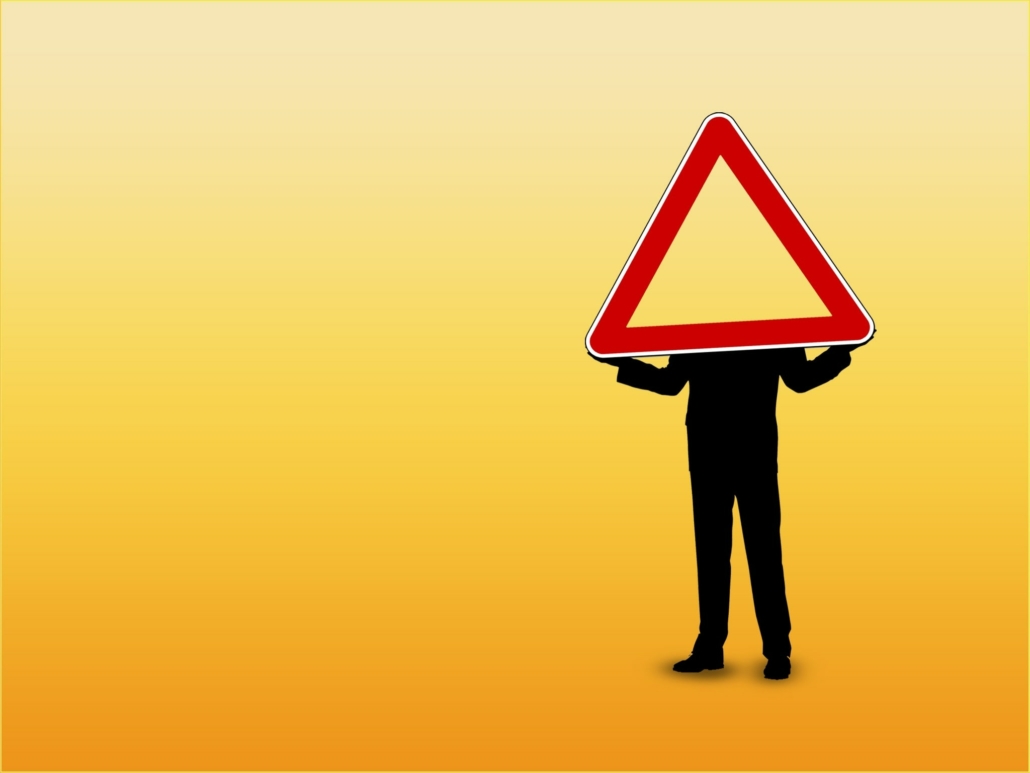Include Moral Hazards in Your Company’s Risk Assessment

Notwithstanding its name, the concept of moral hazard originally had little to do with morality. Rather, it referred to the phenomenon that providing insurance tended to promote risky behavior by insured parties. Subsequently, moral hazard has been applied to a wide range of circumstances where incentives encourage unduly risky conduct by shifting the impact of a bad decision to a party other than the decision-maker.
Moral hazard was, for instance, widely seen as playing a major role in the economic crisis of 2008, as some of the individuals creating the risks at issue there evidently did not have interests sufficiently aligned with those jeopardized by their actions.
The operation of moral hazard there was memorably captured in an S.E.C. report on ratings agencies quoting an e-mail between two analysts concerning their plans to give positive ratings to certain financial instruments that were, in fact, unworthy of such ratings: “Let’s hope we are all wealthy and retired by the time this house of cards falters.”
Perhaps the most consequential example of moral hazard in our lifetime concerns climate change. Those who are most likely to be affected by it (the young) are generally not the same as those who have the power to slow it down and ultimately reverse it (the less young).
Moral hazard is not the same as conflicts of interest (COIs) or corruption. COIs and corruption generally require a breach of a duty of loyalty, whereas moral hazard does not. But they all involve conflicting interests having an adverse effect on ethical decision-making and are close enough to each other to be considered “cousins.”
Subscribe to the Ethical Systems newsletter
Moral hazard is an economic concept, but it dovetails somewhat with the behavioral ethics phenomenon of “victim distance”—a psychological concept. Under both, the more distant we are from the possible victims of our actions, the less weight we will likely give to their interests.
Moral hazard affects ethical decision-making in many ways. In the realm of corporate compliance, it can minimize the salutary impact of deterrence by shielding wrongdoing employees from bearing the costs of their misdeeds. The history of corporate business crime enforcement is, in part, an ongoing effort to close this moral-hazard gap.
Therefore, a strong and consistent disciplinary regime is critically important to addressing moral hazard in organizations, and, not surprisingly, it matters a great deal to prosecutors. For instance, the Department of Justice’s guidance on Evaluation of Corporate Compliance Programs asks prosecutors making enforcement decisions to consider, among other things: “Does the compliance function monitor its investigations and resulting discipline to ensure consistency?”
But more than this is required to address the malign effects of moral hazard. Most obviously, moral hazard should itself be included in a company’s risk assessment.
Jeffrey M. Kaplan is a partner at Kaplan & Walker LLP and a member of the Ethical Systems steering committee.
Reprinted with permission from The FCPA Blog.



